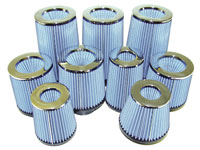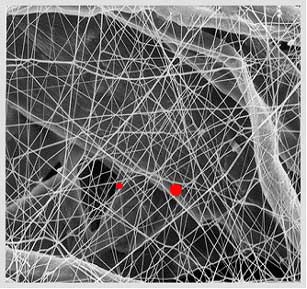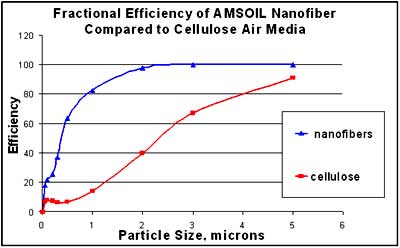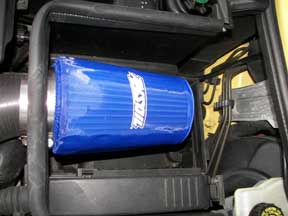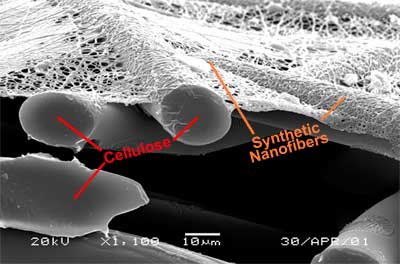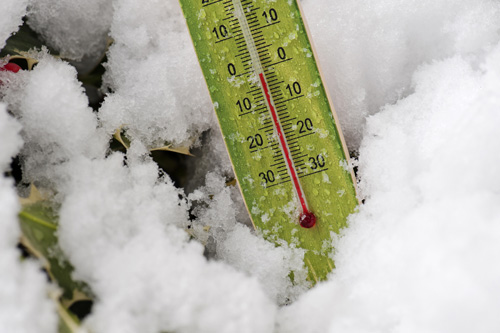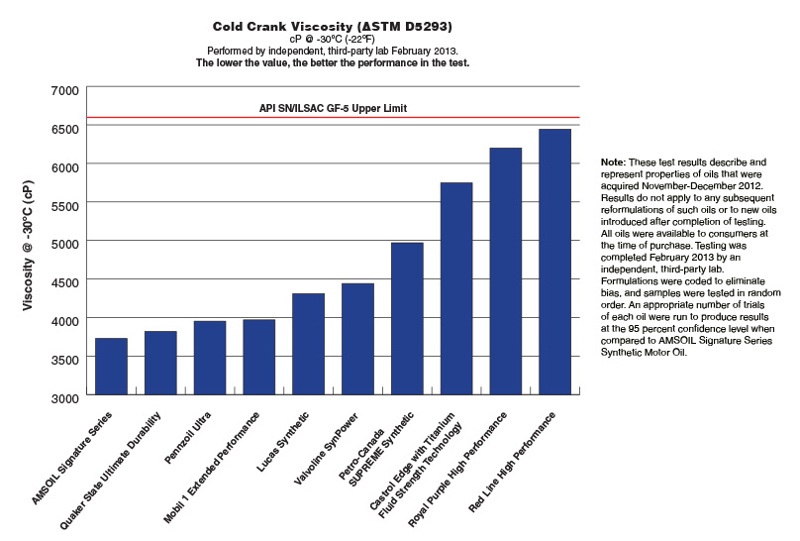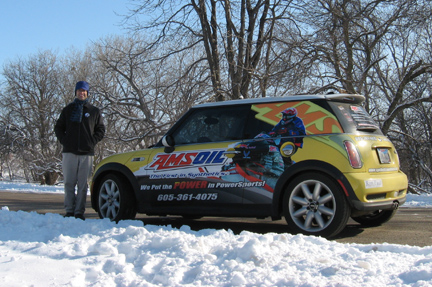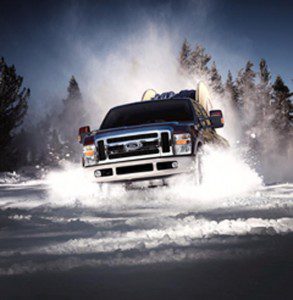Cold Air Intake System Replacement Filters – EAAU
AMSOIL Ea Universal Air Induction Filters Designed to replace stock oil-wetted gauze or foam conical filters that were supplied with custom induction systems produced by K&N, Injen, S&B, Green, AIRAID, AFE, TrueFlow and more. Offer better efficiency, excellent airflow and are cleanable. No longer do you have to look all over or order online to get what you need. These are all kept in stock at the 12th St. Sioux Falls store. Or call me at 800-579-0580 so I can match it for you.
Use PART NUMBER and sizing chart below to select filter.
“One of my favorite AMSOIL products because it once again adds a unique touch to a common product and unlike the oils, it’s visually pleasing as well. We get a lot of feedback from users of these. Take your old oil wetted gauze and hold it over a lamp, then compare to this – or even better take an oil test with the oiled type, then with the AMSOIL intake filter and see the reduction of dirt.. “
More Cold Air = More Horsepowe; AMSOIL Air Filters Flow!
The basic purpose of the air intake system and these cold air intake filters is to bring cool air from outside the engine compartment into the engine. The cooler air is denser than the air found within the hot engine compartment. The denser charge contains more oxygen than warmer air, providing better combustion through a more effective air/fuel mixture.
Another advantage of most specialty-equipment cold air intakes is their consistent diameters and the absence of sharp bends, both of which help to eliminate turbulence in the air stream.
Large and Growing Market of Cold Air Intake Kits
According to research done by the Specialty Equipment Market Association (SEMA), a new air intake system is among the first modifications a consumer makes to his or her vehicle. Since changing the air filter alone cannot eliminate air restriction built into the vehicle at the factory, replacing the factory air flow assembly includes replacing the filter, air box and air path. SEMA reports sales of air intakes are over 300,000 every year.
While intake kits were initially sold only for performance-type applications, they are now also being marketed and used as a way to boost fuel economy in SUVs, minivans, trucks and more.
AMSOIL EaAU is Absolute Efficiency
AMSOIL Ea Air Induction Filters fit most of the popular intake systems available. They provide improved cold air intake and a level of engine protection only an Ea Filter can provide. AMSOIL is currently offering nine Ea Air Induction Filters with varying lengths and widths. These filters have flange IDs of 3?, 3.5?, 4?, 4.125?, 4.5? and 6?. Since these filters offer a universal fit, AMSOIL provides the dimension sheet below that customers can use to determine the proper filter for their applications. Customers can easily match the best filter for their application.
Cleanable with air or shop vacuum
The AMSOIL Ea Cold Air intake Filter is cleanable and long lasting. AMSOIL recommends cleaning the Ea Air Induction Filter when designated by the restriction gauge if the vehicle is so equipped, or according to operating conditions. If it is used in extremely dusty environments or in a performance vehicle, more frequent cleanings may be required. Just clean yearly between 15,000 or 25,000 mile intervals.
Cleaning the Dry Intake Air Filters:
Carefully remove the filter from the housing. Clean the housing with a shop towel, being careful not to knock contaminants into the air inlet. Filters can be cleaned by carefully vacuuming the filter media on the dirty side, or by holding the filter with one hand and carefully blowing the filter media at a 45-degree angle on the clean side using low-pressure shop air (15-20 lbs. psi).
Unique Design
To increase filter surface area and the volume of air entering the engine, the top of many popular Ea Air Induction Filters (EaAU) is cut away. The media is inserted in a conical form pointing toward the direction of airflow.
Filters in stock in Sioux Falls now. Compare price! the AMSOIL Sioux Falls store is at 4610 W. 12th Street. Just down the hill from H&H Chevrolet next to the Wendy’s.
Online Ordering you can use this link.
We also have carburetor air filter kits. Check out the Blue Nanofiber Quality. Also available in the Sioux Falls Store.
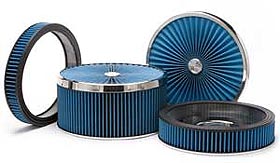 AMSOIL Ea Carbureted Engine Air Filters & Kits Specially designed for racing and street rod enthusiasts who desire Ea protection in carbureted applications. Designed for use with carbureted engines that use a 14-inch round element air cleaner housing. Cleanable and reusable. Use PART NUMBER drop down to select. A 12 inch replacement filter and prefilter cover is also available for existing air filter housings as well.
AMSOIL Ea Carbureted Engine Air Filters & Kits Specially designed for racing and street rod enthusiasts who desire Ea protection in carbureted applications. Designed for use with carbureted engines that use a 14-inch round element air cleaner housing. Cleanable and reusable. Use PART NUMBER drop down to select. A 12 inch replacement filter and prefilter cover is also available for existing air filter housings as well.
AMSOIL Ea® Racing Air Filters (EaAR) are specially designed for racing and street rod enthusiasts who desire AMSOIL quality and protection in carbureted applications. AMSOIL Ea Racing Air Filters are constructed with nanofiber technology. This synthetic media ranks among the most efficient available and provides better airflow and more capacity than cellulose filters.
Expanded Applications
AMSOIL custom Ea Racing Air Filter assemblies are designed for racing applications. They incorporate high performance design and excellent airflow in addition to the high efficiency afforded by AMSOIL Ea synthetic technology. These custom-engineered air filters are designed for use with carbureted engines that use a 14? round air-cleaner housing. The kits feature the common 14? diameter carburetor plate, air filter and high-airflow lid along with a 2?, 3?, 4?, 5? or 6?-high filter. Replacement filters, airflow lids and carburetor plates are also available individually.
Ea Airflow Lids
AMSOIL Ea Racing Air Filter Kits provide racers with more power through Ea airflow lids. The airflow lids are constructed using AMSOIL Ea synthetic media, providing additional filtration area. They feature a polished aluminum trim ring with AMSOIL logos etched on the surface. Not only do Ea airflow lids add filter area, they actually redirect air inside the filter to pull more air through the side pleats for even greater performance efficiency. AMSOIL Ea Racing Air Filter kits provide more airflow than competing assemblies.
For more on sizing for these units follow this link to the carburetor air cleaner sets.
